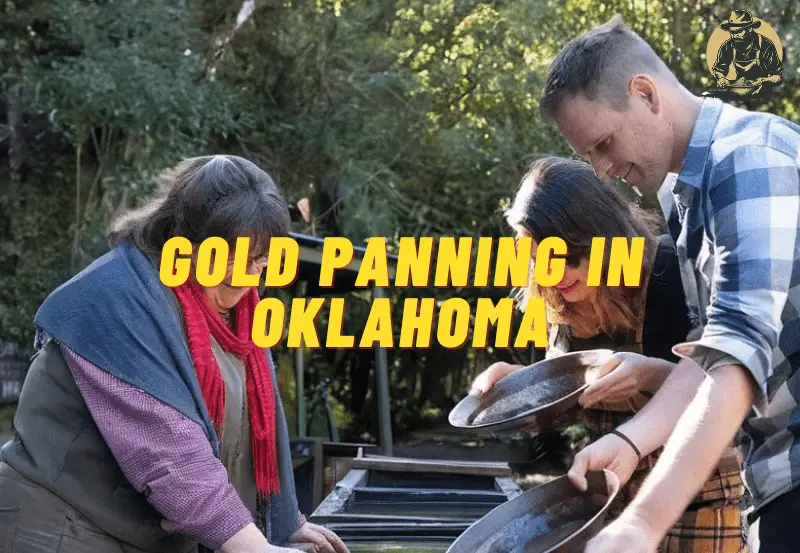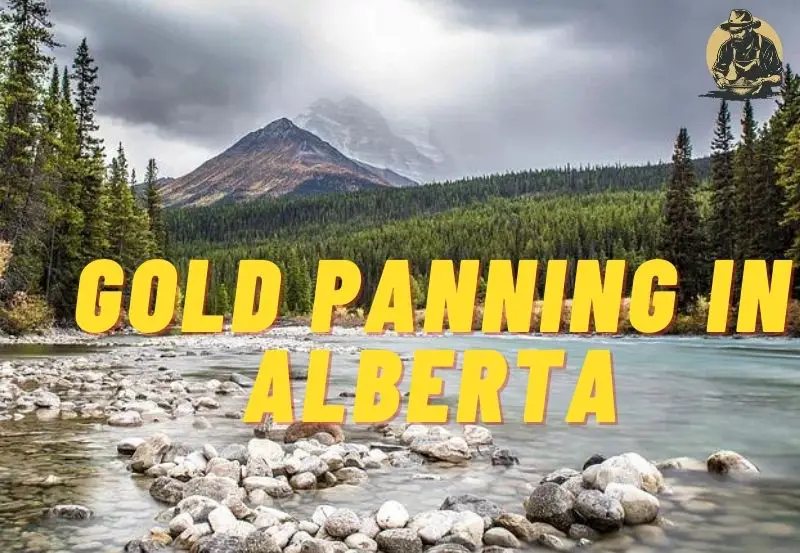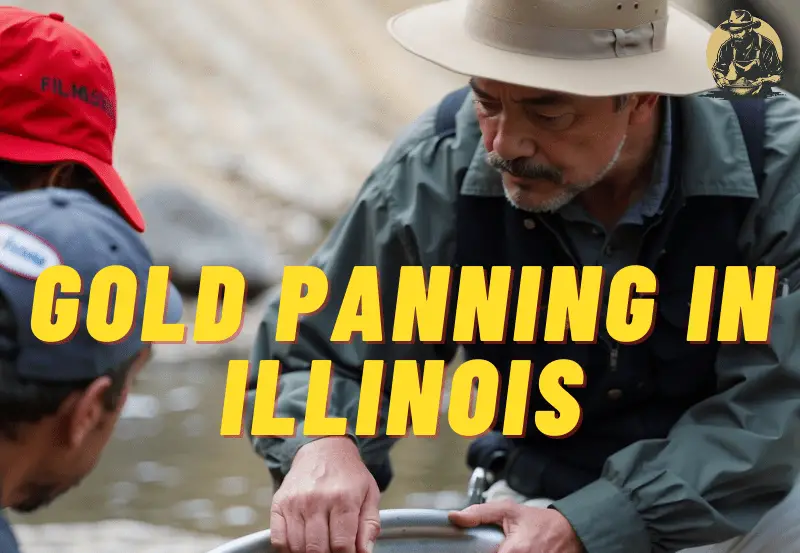So you’ve heard about the gold rush in New Zealand and you’re eager to try your luck in finding some of that precious yellow metal. Well, you’re in luck because this guide to gold prospecting in New Zealand has got you covered! From tips on where to look for gold, how to obtain the necessary permits, and public gold fossicking areas in New Zealand, this comprehensive guide will have you ready to hit the rivers and mountains in search of your fortune. Whether you’re a seasoned prospector or a beginner, get ready for an adventure of a lifetime as you explore the stunning landscapes of New Zealand in search of gold.

The History of Gold Prospecting in New Zealand
New Zealand has a rich history of gold prospecting that dates back centuries. The Early Māori people were the first to discover and use gold in various ways. This precious metal held significant cultural value for the Māori, who used it to create intricate jewelry and adornments.
Early Māori Use of Gold
The Māori people, who arrived in New Zealand around 800 years ago, recognized the beauty and value of gold. They would gather small amounts of alluvial gold from streambeds, which they used for decorative purposes. The Māori crafted stunning pendants, ear ornaments, and other pieces of jewelry, showcasing their skilled craftsmanship.
The Discovery of Gold in New Zealand
It wasn’t until 1842 that the first documented discovery of gold in New Zealand was made by Charles Ring, who found a small amount in the Aorere River in the South Island. However, the significance of this discovery went largely unnoticed at the time.
In 1852, another discovery was made in the Coromandel Peninsula, igniting the gold rush. Prospectors flocked to the area in search of their fortunes, leading to the establishment of mining towns and the rapid growth of the region. This discovery kickstarted the gold rush era in New Zealand.
The Otago Gold Rush
The most significant gold rush in New Zealand occurred in Otago in 1861. Gabriel Read, a prospector, discovered gold in the Arrow River, setting off a stampede of eager miners. The Otago gold rush saw thousands of people from all walks of life arrive in the region, including many miners from the Australian goldfields.
The gold rush brought much-needed economic prosperity to the country, with the population of Otago skyrocketing. Towns such as Dunedin and Queenstown flourished as a result, and gold mining operations continued for decades, leaving a lasting impact on the region.
West Coast Gold Rush
Another major gold rush occurred on the West Coast of New Zealand in the 1860s. Prospectors flocked to the isolated and rugged area, hoping to strike it rich. Towns like Hokitika and Greymouth sprang up, growing rapidly as miners sought their fortune in the rivers and mountains.
The West Coast gold rush was known for its challenges and hazards. The dense rainforests, treacherous rivers, and rough terrain posed significant obstacles for miners. However, the allure of finding gold kept them persevering. While the gold reserves eventually dwindled, the legacy of the West Coast gold rush remains as a testament to the resilience and determination of those early prospectors.
Other Significant Gold Discoveries
In addition to the major gold rushes in Otago and on the West Coast, New Zealand has seen numerous other significant gold discoveries throughout its history. These discoveries occurred in various regions, such as Marlborough, Nelson, and the Coromandel Peninsula.
Each discovery brought new waves of prospectors seeking their fortunes. While some goldfields were short-lived, others continued to be mined for years, contributing to New Zealand’s overall gold industry. These smaller discoveries added to the country’s wealth and played a role in shaping its history.
Public Gold Fossicking Areas in New Zealand
New Zealand Petroleum and Minerals (NZPAM) has set aside designated gold fossicking areas under the Crown Minerals Act 1991. At these public sites, you can freely enjoy recreational gold mining without a permit. They include sites administered by DOC.
Use the NZPAM maps (external site) to see exactly where these designated areas are. Search for an area using the permit number from the following table.
| Gold fossicking area | Permit number | Location | Operator |
| Aorere River A (GFA 13) | 42013 | Nelson/Tasman – Kahurangi National Park | NZPAM |
| Aorere River B (GFA 14) | 42014 | Nelson/Tasman – Kahurangi National Park | NZPAM |
| New Creek (GFA 15) | 42015 | Nelson/Tasman – Glenhope Scenic Reserve | NZPAM |
| Louis Creek (GFA 12) | 42012 | Nelson/Tasman – Glenhope Scenic Reserve | NZPAM |
| Lower Louis Creek | 55529 | Nelson/Tasman – Glenhope Scenic Reserve | Tasman District Council |
| Jones Creek (GFA 4) | 42004 | West Coast – Ross area | NZPAM |
| Jones Creek (GFA 5) | 42005 | West Coast – Ross area | NZPAM |
| Lyell Creek (GFA 6) | 42006 | West Coast – Lyell area | NZPAM |
| Britannia Stream (GFA 7) | 42007 | West Coast – Denniston area | NZPAM |
| Nelson Creek (GFA 10) | 42010 | West Coast – Greymouth area | NZPAM |
| Waiho River (GFA 11) | 42011 | West Coast – Westland Tai Poutini National Park | NZPAM |
| Slab Hut Creek (GFA 30) | 42030 | West Coast – Victoria Forest Park | NZPAM |
| Moonlight Creek | 42031 | West Coast – Southern Paparoa range | DOC |
| Shamrock Creek | 53804 | West Coast – Goldsborough (Waimea) – Kumara area | NZPAM |
| Twelve Mile Creek (GFA 20) | 42020 | Otago – Queenstown area | NZPAM |
| Five Mile Creek (GFA 21) | 42021 | Otago – Queenstown area | NZPAM |
| Arrow River (GFA 22) | 42022 | Otago – Queenstown area | NZPAM |
| Shotover River (GFA 23) | 42023 | Otago – Queenstown area | NZPAM |
| Gabriels Gully (GFA 33) | 42033 | Otago – Gabriels Gully Historic Reserve | NZPAM |
| Designated public gold fossicking areas * | |||
Legislation and Regulations
Gold prospecting in New Zealand is subject to specific laws and regulations to ensure the sustainable and responsible extraction of this valuable resource. It is essential for all prospectors to understand and adhere to these laws to avoid legal complications.
Overview of Current Gold Prospecting Laws
The current legislation governing gold prospecting in New Zealand is outlined in the Crown Minerals Act 1991 and the Conservation Act 1987. These laws aim to strike a balance between allowing the exploration and extraction of minerals and protecting the environment.
Under the Crown Minerals Act, anyone wishing to prospect for gold on Crown land or obtain a mining permit must comply with various requirements and obligations. The Conservation Act designates certain areas as “protected,” where prospecting may be restricted or prohibited to preserve ecological or cultural values.
Permits and Licensing
To legally prospect for gold in New Zealand, individuals must obtain the necessary permits and licenses. This process involves applying to the New Zealand Petroleum and Minerals department for a permit, which allows prospecting on specific areas of Crown land.
Permits are usually valid for a set period and may include conditions relating to environmental management, workplace safety, and other considerations. Failure to obtain the required permits can result in fines or other legal consequences.
Protected Areas and Restrictions
New Zealand has several protected areas where gold prospecting is restricted or prohibited to safeguard environmental or cultural values. These areas include national parks, reserves, and conservation areas.
It is crucial for prospectors to research and understand the restrictions in place before planning a trip. Information on protected areas and access permits can be obtained from the Department of Conservation, ensuring compliance with all regulations.
Environmental and Safety Considerations
Environmental sustainability and safety are paramount when engaging in gold prospecting activities. New Zealand has strict regulations to minimize the environmental impact and ensure the safety of both prospectors and the surrounding ecosystem.
Prospectors must follow best practices to minimize disruption to waterways, vegetation, and wildlife habitats. This includes techniques to prevent sediment runoff, reclamation activities, and proper waste management.
Safety considerations should also be a top priority. Prospectors should have appropriate safety gear, be aware of potential hazards such as unstable ground or deep water, and be prepared for emergencies with first aid knowledge and emergency procedures.
In conclusion, Gold prospecting in New Zealand is a thrilling adventure for all skill levels, offering a chance to explore the diverse landscapes from the South to the North Island. It’s an opportunity to connect with nature and delve into the country’s rich gold rush history. Success in this endeavor hinges on understanding the local geography, adhering to environmental rules, and using the right techniques and tools. More than just the pursuit of treasure, it’s about the joy of discovery and preserving New Zealand’s gold prospecting heritage. So, get ready for an exciting journey, and you might just find gold!




